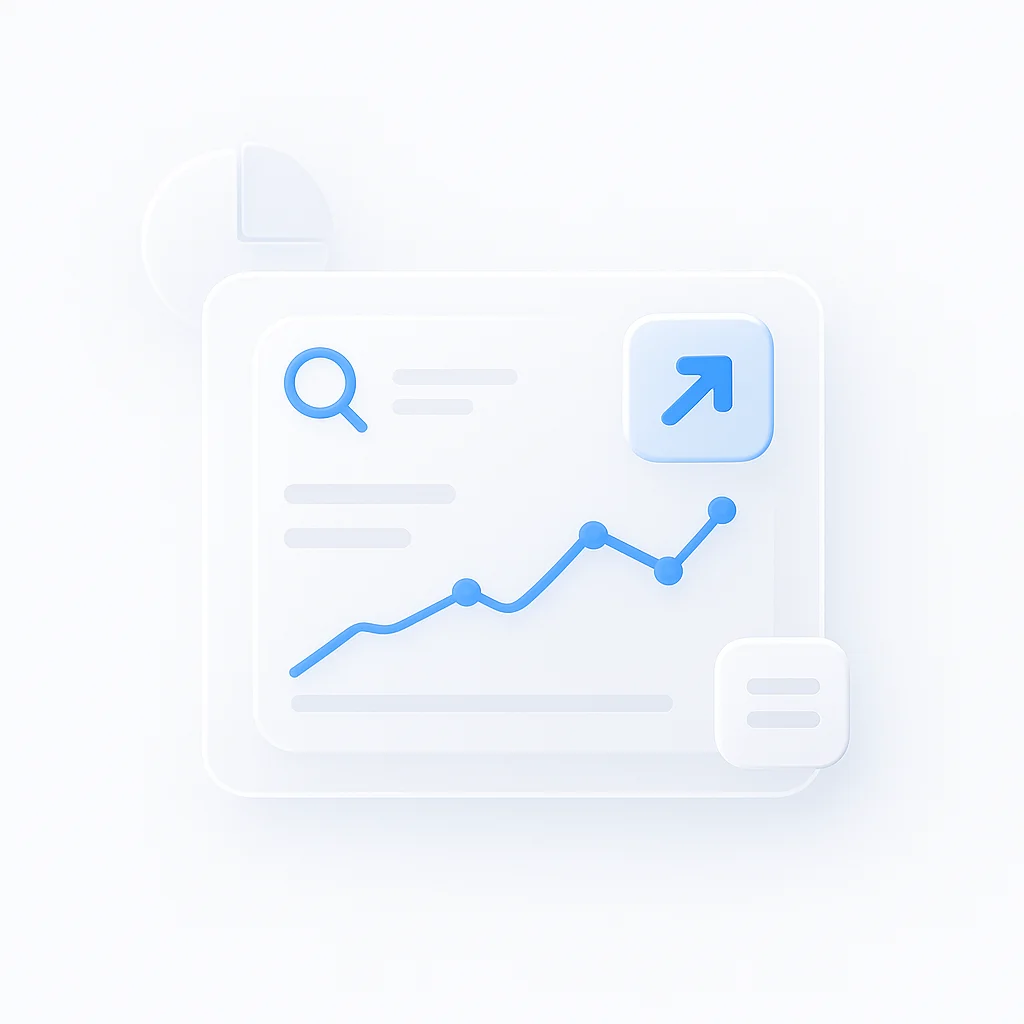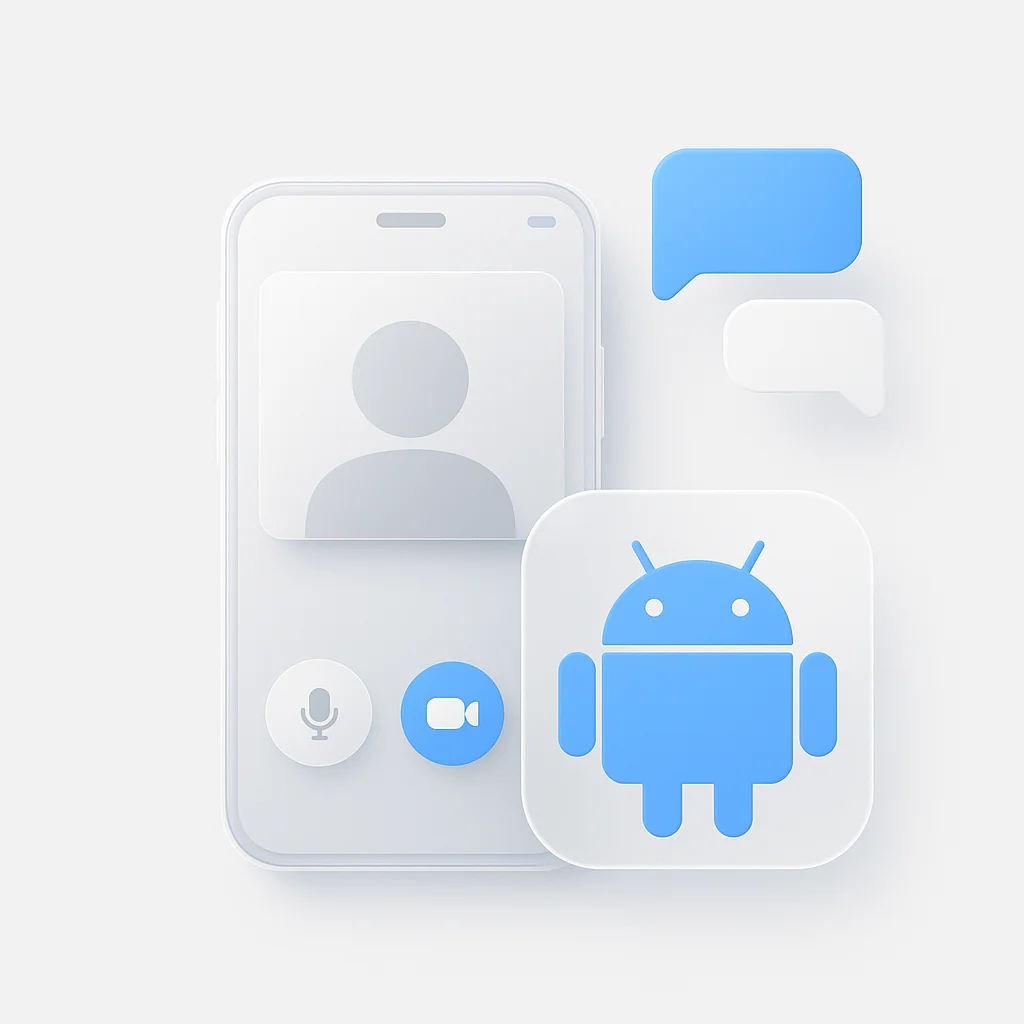In today’s globalized world, the need to bridge language barriers in audio content is more prominent than ever. Whether you’re looking to understand educational lectures, translate business meetings, or simply enjoy foreign language movies, audio translation has become a valuable tool. This comprehensive guide explores the different methods available for translating audio files, equipping you with the knowledge to choose the best approach for your specific needs and ensuring clear communication across languages.
Introduction
The rise of globalization and the proliferation of digital media have significantly increased the demand for audio translation services. This process involves converting spoken language content from one language to another, enabling communication and comprehension across linguistic barriers.
Here are some specific scenarios where audio translation proves particularly useful:
- Educational Resources: Educational institutions can leverage audio translation to make lectures, podcasts, and other learning materials accessible to students with different language backgrounds.
- Business Communication: Companies operating internationally can utilize audio translation tools to facilitate meetings, presentations, and customer interactions with multilingual teams and clients.
- Media and Entertainment: The media and entertainment industry relies heavily on audio translation for tasks like subtitling movies and TV shows, dubbing films for foreign markets, and translating audiobooks for wider audiences.
- Travel and Tourism: Travelers can benefit from audio translation apps for real-time conversations with locals, understanding announcements and public signage, and accessing audio guides for tourist attractions.
- Personal Use: Individuals can utilize audio translation tools for personal reasons such as translating interviews, podcasts, or voice messages received in a foreign language.
By bridging the language gap, audio translation fosters communication, knowledge sharing, and cultural exchange in a diverse and interconnected world.
Methods for Audio Translation
There are three primary approaches to audio translation, each with its own advantages and considerations:
1. Transcription and Translation:
This method involves a two-step process:
- Transcription: The audio file is converted into written text in the source language. This can be done manually by a human transcriber or automatically using speech-to-text software.
- Translation: The transcribed text is then translated into the target language using machine translation tools or by a professional translator.
Benefits:
- Accuracy: Because the translation is based on a written text, this method generally offers higher accuracy compared to direct audio translation, especially for complex content or languages with significant pronunciation challenges.
- Control: The user has more control over the translation process. They can review the transcribed text before translation and make edits if necessary.
Popular Online Transcription Services:
Several online transcription services can be used for the first step, such as Happy Scribe and Otter.ai. These services offer varying levels of accuracy and pricing options.
2. Direct Audio Translation Apps:
These applications translate spoken audio directly into the target language, bypassing the need for an intermediate text step. Popular examples include Google Translate and Microsoft Translator, alongside ScreenApp, a feature-rich app specifically designed for this purpose.
ScreenApp offers several advantages for direct audio translation:
- Convenience: Similar to other apps, ScreenApp provides a user-friendly interface for on-the-go translation.
- Real-Time Functionality: It excels at real-time conversations, translating spoken language as you speak or record, making communication seamless.
- Additional Features: Beyond basic translation, ScreenApp boasts functionalities like speaker identification for multi-person conversations and the ability to summarize key points from the translated audio.
While all direct translation apps encounter limitations in accuracy, ScreenApp leverages advanced AI technology to continually improve speech recognition and translation quality. This, combined with its convenient features, makes ScreenApp a compelling choice for those prioritizing real-time conversations and user-friendliness.
However, it’s important to remember that even with advancements, direct audio translation may still struggle with background noise, strong accents, and complex sentence structures.
3. Professional Translation Services:
For high-stakes translations involving legal documents, sensitive business meetings, or content requiring nuanced understanding of cultural context, professional translation services are recommended.
Benefits:
- Human Expertise: Professional translators possess in-depth knowledge of both the source and target languages, including cultural nuances and idiomatic expressions that machine translation may struggle with. They can ensure the translated audio accurately conveys the intended meaning and tone.
Considerations:
Professional translation services typically have a higher cost compared to automated solutions.
Selecting the Appropriate Audio Translation Method
Choosing the optimal audio translation method hinges on several key factors:
- Accuracy Requirements:
- For scenarios demanding high fidelity, such as legal documents or technical presentations, the transcription and translation method is preferred. This two-step process allows for human review and correction of the transcribed text, minimizing errors in the final translation.
- Budgetary Constraints:
- Cost considerations significantly influence the choice. Transcription and professional translation services typically incur higher fees compared to direct audio translation apps. Budget limitations might favor utilizing apps for simple conversations or preliminary translations.
- File Length and Complexity:
- The length and complexity of the audio file also play a role. Lengthy or intricate audio content might be overwhelming for direct audio translation apps due to potential accuracy limitations. Transcription and translation may be more suitable for such cases.
- Real-Time vs. Offline Needs:
- If immediate translation during a conversation is essential, direct audio translation apps offer a convenient solution. However, for offline translation of pre-recorded audio files, the transcription and translation approach provides greater flexibility and control over the process.
Step-by-Step Guide: Utilizing Different Audio Translation Methods
This section will detail two prominent audio translation methods: transcription and translation, and direct audio translation apps.
1. Transcription and Translation
a. Transcription:
There are two main approaches to audio transcription:
- Manual Transcription: This involves a human transcriber listening to the audio file and typing out the spoken content verbatim. While offering high accuracy, manual transcription can be time-consuming and expensive for lengthy audio files.
- Speech-to-Text Software: Several online services and software programs utilize speech recognition technology to convert audio to text automatically. These tools offer varying levels of accuracy depending on factors like audio quality, background noise, and speaker accents. Popular options include Happy Scribe, Otter.ai, and Google Docs (with dictation functionality).
Here’s a general workflow for using speech-to-text software:
- Upload the audio file to the chosen platform.
- Select the source language from the available options.
- Initiate the transcription process. The software will convert the audio to text, and the transcribed text will appear on the screen.
- Review the transcribed text for accuracy. You may need to correct errors caused by speech recognition limitations, especially for challenging audio or specific terminology.
b. Translation:
Once you have the transcribed text, you can proceed with translation:
- Machine Translation Tools: Free online translation services like Google Translate or Microsoft Translator can be used for basic translation needs. However, their accuracy can vary depending on the language pair and content complexity.
- Professional Translation Services: For critical projects requiring nuanced understanding and domain expertise, consider employing professional translation services. These services provide human translators who can deliver an accurate and culturally appropriate translation.
2. Direct Audio Translation Apps
These mobile applications translate spoken audio directly into the target language, eliminating the need for transcription. Popular examples include Google Translate and Microsoft Translator apps.
Here’s a general workflow for using a direct audio translation app:
- Download and install the chosen app on your smartphone or tablet.
- Launch the app and select the source and target languages.
- Position your device close to the audio source (during a conversation) or play the pre-recorded audio file.
- The app will listen to the audio and display the translated text on the screen in real-time (for conversations) or after processing the audio file.
Important Considerations:
- Direct audio translation apps generally offer lower accuracy compared to the transcription and translation method, particularly for complex content or languages with pronunciation challenges.
- Background noise and speaker accents can further hinder the accuracy of direct audio translation.
By understanding the strengths and limitations of each method, you can select the approach that best suits your specific audio translation needs.
3. Professional Translation Services
Professional translation services offer the most accurate and nuanced translations, particularly for high-stakes scenarios like:
- Legal documents (contracts, court transcripts)
- Business meetings involving sensitive negotiations
- Medical reports
- Educational materials requiring precise terminology
Here’s a general workflow for using professional translation services:
- Request a Quote: Contact a reputable translation agency or freelance translator. Provide details about your audio file, including the source and target languages, length, and subject matter.
- Project Discussion: Discuss your specific needs and expectations with the translator. This might involve confidentiality agreements, preferred terminology, and desired turnaround time.
- File Submission: Securely upload your audio file to the chosen translation service.
- Translation Process: The translator will listen to the audio, transcribe it if necessary, and translate the content into the target language, ensuring accuracy and cultural appropriateness.
- Delivery: You will receive the translated document in the agreed-upon format (e.g., Word document, subtitle file).
- Review and Revision: Review the translated document and request any necessary revisions. Most professional services offer a revision process to ensure your satisfaction.
Important Considerations:
- Professional translation services typically have a higher cost compared to automated solutions. Pricing can vary depending on factors like the language pair, project complexity, and turnaround time.
- Choosing a qualified translator with experience in your specific domain (e.g., legal, medical, technical) is crucial for accurate and culturally sensitive translations.
By following these steps and considering the strengths and limitations of each method, you can effectively translate your audio files for various purposes.
Additional Tips for Audio Translation Success:
- Enhance Audio Quality: For optimal translation results, strive to improve the audio quality of your files whenever possible. Here are some tips:
- Record audio in a quiet environment with minimal background noise.
- Ensure the speaker has a clear microphone and maintains a moderate speaking pace.
- If translating existing recordings, consider using noise reduction software to minimize background interference.
- Understanding Machine Translation Limitations: While machine translation tools offer convenience, it’s crucial to be aware of their limitations:
- Slang and Idioms: Machine translation often struggles with informal language, slang expressions, and idioms that may have nuanced meanings not captured by algorithms.
- Accents: Strong accents or dialects can pose challenges for speech recognition technology, potentially leading to inaccuracies in the translated text.
- Proofreading for Accuracy: Regardless of the translation method chosen, proofreading the translated text is essential. This final step allows you to identify and correct any errors or awkward phrasing that may have slipped through. This is particularly important when relying on automatic translation tools.
By following these additional tips, you can enhance the quality and accuracy of your audio translations.
Conclusion
The ability to translate audio content unlocks a world of information and communication possibilities. This guide has explored various methods for audio translation, each with its strengths and weaknesses.
Key Takeaways:
- The transcription and translation method offers the highest accuracy, particularly for complex content.
- Direct audio translation apps provide a convenient solution for real-time conversations or simple translations.
- Professional translation services ensure nuanced and culturally appropriate translations for critical projects.
The Benefits of Audio Translation:
- Accessibility: Audio translation bridges language gaps, making educational resources, media content, and business communication accessible to a wider audience.
- Knowledge Sharing: It facilitates the exchange of knowledge and ideas across linguistic barriers, fostering global collaboration and understanding.
- Cultural Exchange: Audio translation promotes cultural appreciation and understanding by enabling individuals to experience different perspectives and narratives.
Choosing the Right Method:
The optimal approach depends on your specific needs. Consider factors like accuracy requirements, budget constraints, file complexity, and real-time vs. offline translation demands.
By understanding these methods and their applications, you can choose the best fit for your audio translation projects, unlocking the power of communication across languages.






